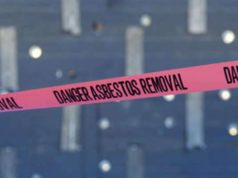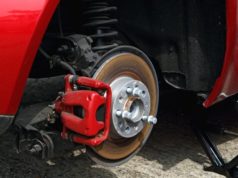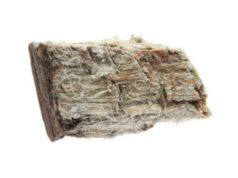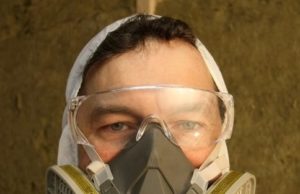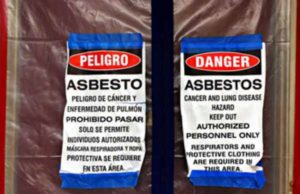
What is the NESHAP Adequately Wet Guidance?
The National Emissions Standards for Hazardous Air Pollutants is the basis for most asbestos laws related to the safe abatement of asbestos materials and waste disposal. All states will have laws based on this regulation and compliance is mandatory for almost all structures. The Adequately Wet Guidance describes the proper procedure for removing friable asbestos from a structure without causing secondary contamination. This is by far the best way to remove asbestos containing materials from structures.
What is friable asbestos?
Friable asbestos is the material that must be removed with the Adequately Wet Guidance. Asbestos by nature is not friable until it is mined and manufactured into an application. These applications include insulation, plaster, pipe coverings and sound proof ceilings. Friable material, by nature, will break apart into microscopic particles with little effort. These particles are toxic to humans and will lodge in the lungs for an extended period of time. This will lead to cancers of the lungs and increased risk of respiratory illness.
What is an asbestos containing material?
An asbestos containing material is any material, friable or non-friable, that contains more than 1% asbestos by weight, is considered an asbestos containing material and will be subject to regulation. Some materials, such as wool-like insulation attic insulation will contain as much as 30 – 50% asbestos material.
Adequately Wet Guidance in practice
The adequately wet procedure ensures that friable asbestos is waterlogged before it is scraped from the wall. Waterlogged fibers do not become easily airborne, so this is less of a danger that removing the asbestos dry. Other precautions, including protective equipment and filters are necessary during this process to ensure safety. Vacuuming any debris present is also necessary to preventing asbestos from being released from the walls.
An enclosure must be used as a precaution. Enclosures usually entail having the entire area covered in plastic sheeting with a microfilter circulating the air at least four times through the space. Even when ensuring that the material is adequately wet, there still exists the potential for some fibers to escape, which makes precautions necessary.
Adequately Wet Guidance in disposal
Friable asbestos must also be adequately wet during disposal to prevent possible contamination during transport. In addition, federal law mandates that the asbestos material be placed in a sealed container and labeled with a detailed warning on the dangers of asbestos contamination. Small amounts will be double bagged to prevent possible contamination and larger amounts can be sealed in specialized barrels. You will need to contact the authorized disposal site before disposing of any asbestos containing material.
What is the official text that defines adequately wet?
EPA defines "adequately wet" to mean "sufficiently mix or penetrate with liquid to prevent the release of particulates. If visible emissions are observed coming from asbestos-containing material (ACM), then that material has not been adequately wetted. However, the absence of visible emission is not sufficient evidence of being adequately wet (Section 61.141,Definitions). Amended water is often used to wet ACM during repair/removal operations.



